latest
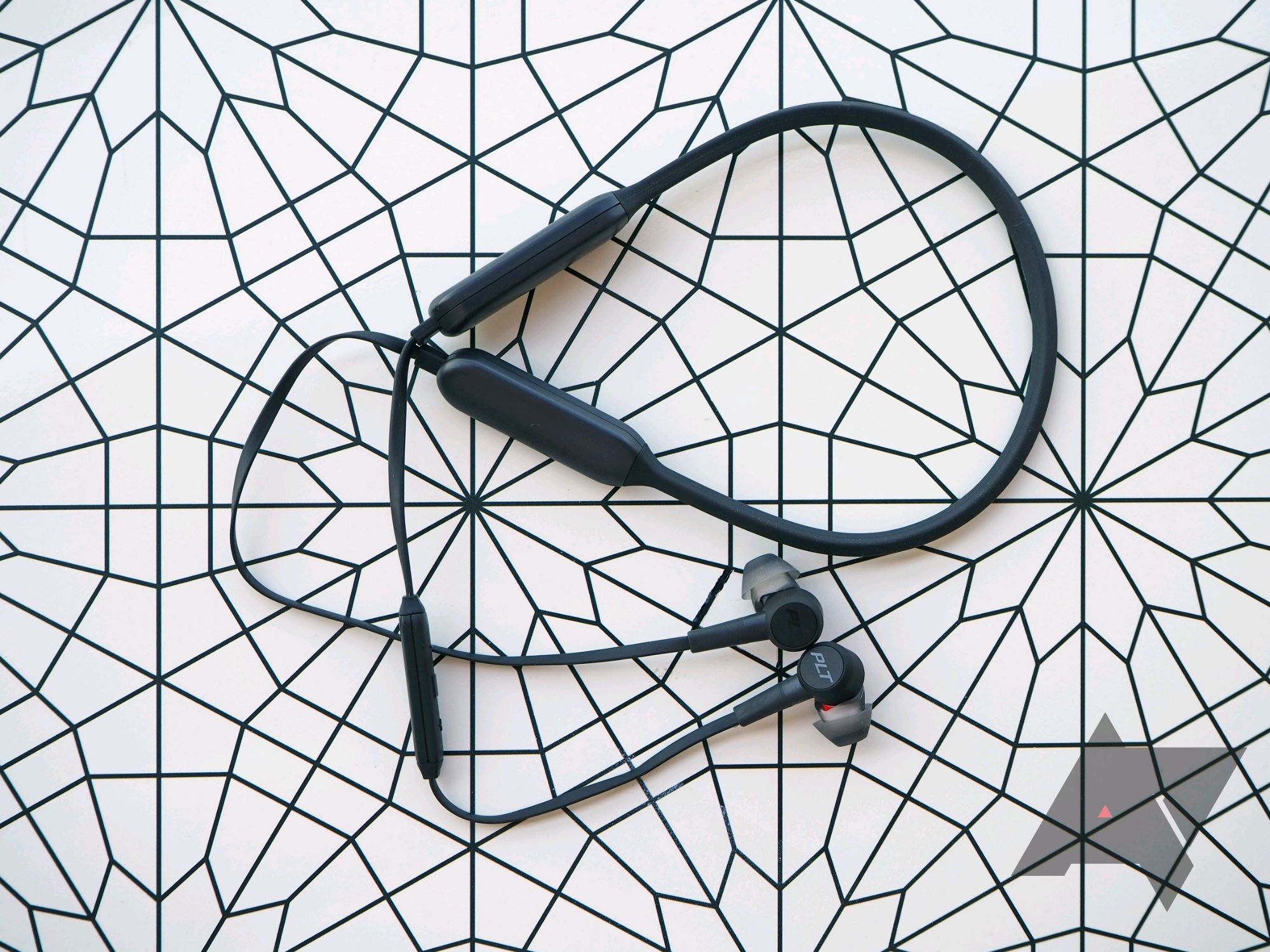
Plantronics BackBeat Go 410 wireless headphones with ANC drop to an all-time low of $42
Shut out distractions with discounted noise cancellation while working from home
Find yourself working from home, like so many of us are these days? If so, you may also need new ways to stay focused despite the potential noise and distractions of the home. Luckily, we have a deal on noise-canceling headphones that can help with just that. Amazon is currently selling the Plantronics BackBeat Go 410 wireless headphones in Graphite for only $41.88, saving buyers $38 off the usual retail price of $79.99.We were a fan of the active noise cancellation capabilities of the Backbeat Go 410 during our review, even if it was clear that some corners got cut to offer an ANC-capable product in this price range. You can also expect to find the kind of sound quality you would expect from a long-time headphone maker like Plantronics and 8-12 hours of battery life, depending on your use of the ANC functionality.While these headphones are decidedly from the time before USB-C standardization began taking hold, the included charging cable does come with one nifty trick up its sleeve. The USB-A connector doubles as a 3.5mm headphone jack, converting this headset from wireless to wired in a pinch.
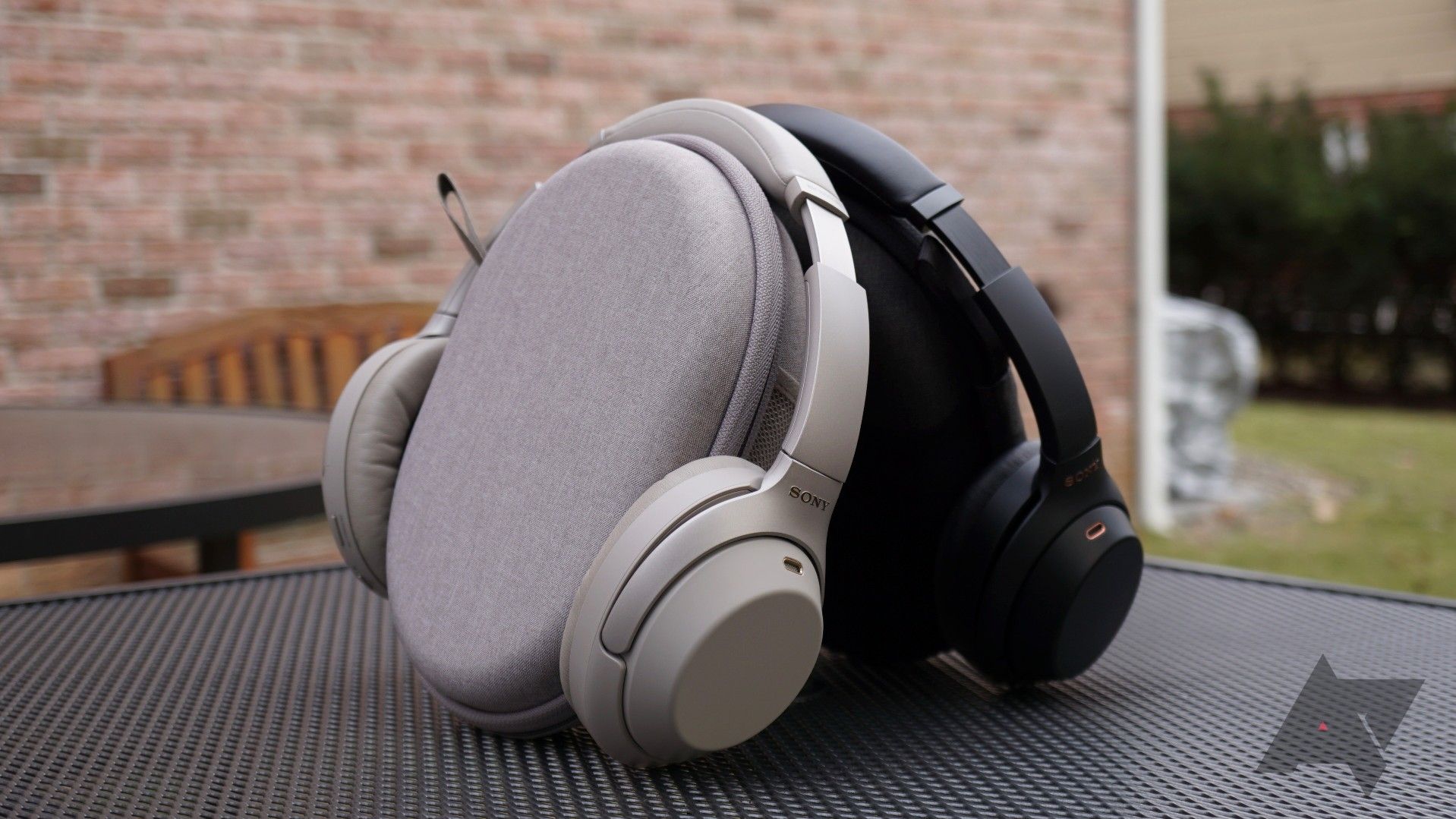
Work from home in peace: Now's the time to invest in some noise-canceling headphones
Block out your in-house distractions
If you're fortunate enough to have a job you're able to do from home, you probably haven't been to the office in a while now. That's good for public health (and maybe good for you if you hate changing out of your pajamas), but it comes with its own challenges. Chief among them: noise. Traffic, neighbors doing yard work, your kids. Noise-canceling headphones won't completely block all of it, but they sure help. Here are some great options.
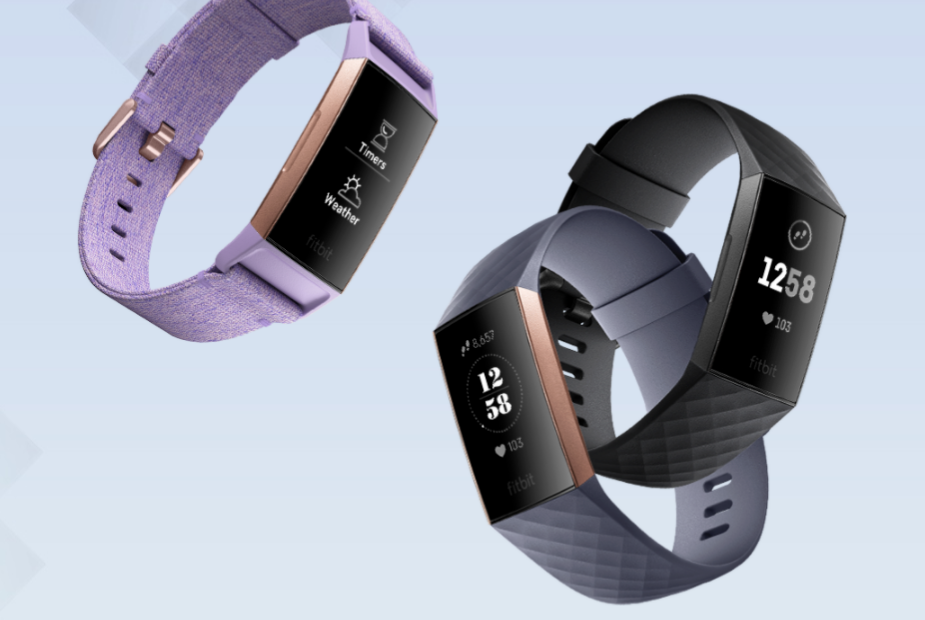
Hello, and welcome to the first installment of our midweek deals roundup for 2020. Now that the holiday season is behind us and the barrage of pre-Christmas sales has subsided, we're turning our attention to the latest batch of discounts that have popped up around the internet. This week, we found some great sales on the Fitbit Charge 3, wireless earbuds, charging accessories, and security cameras.
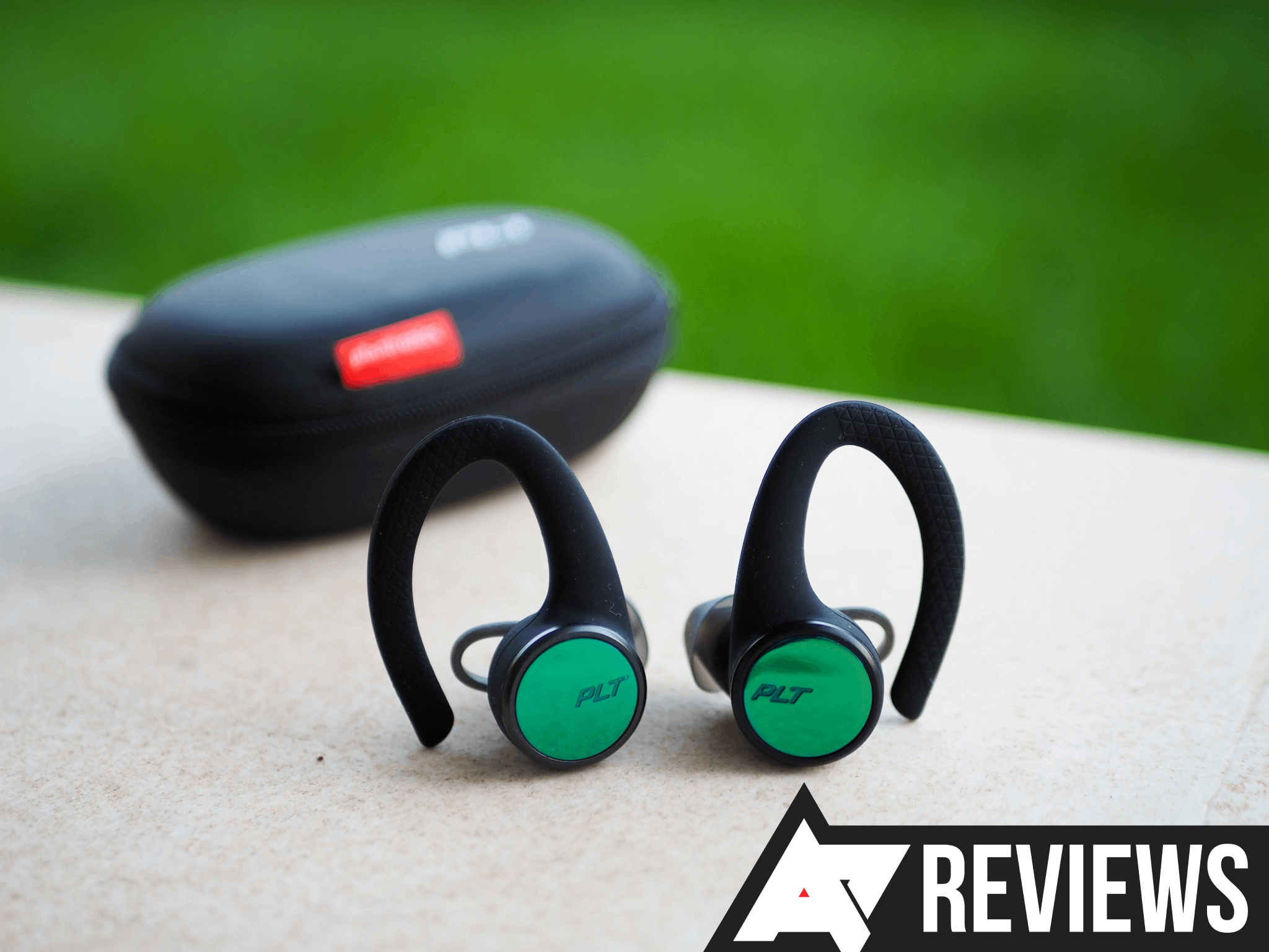
While true wireless buds are easy to find in all shapes and prices these days, those that are made for exercising and built for stability aren't that many. Plantronics already dabbled in this segment last year with the BackBeat Fit 3100, which were good until you stepped into the wide open outdoors. Connectivity dropped between the two buds, making them nearly unusable in the environment they were built for.Plantronics came back this year with a fix to this problem. The new Fit 3150 and 3200 use Bluetooth 5.0, offer a more stable connection, and don't have any issue outdoor. The 3150 use a non-sealing eartip, while the 3200 I'm reviewing here have in-ear noise-isolating silicone tips. Unfortunately, like the Pro 5100 and Fit 6100, they still use Micro-USB for charging.
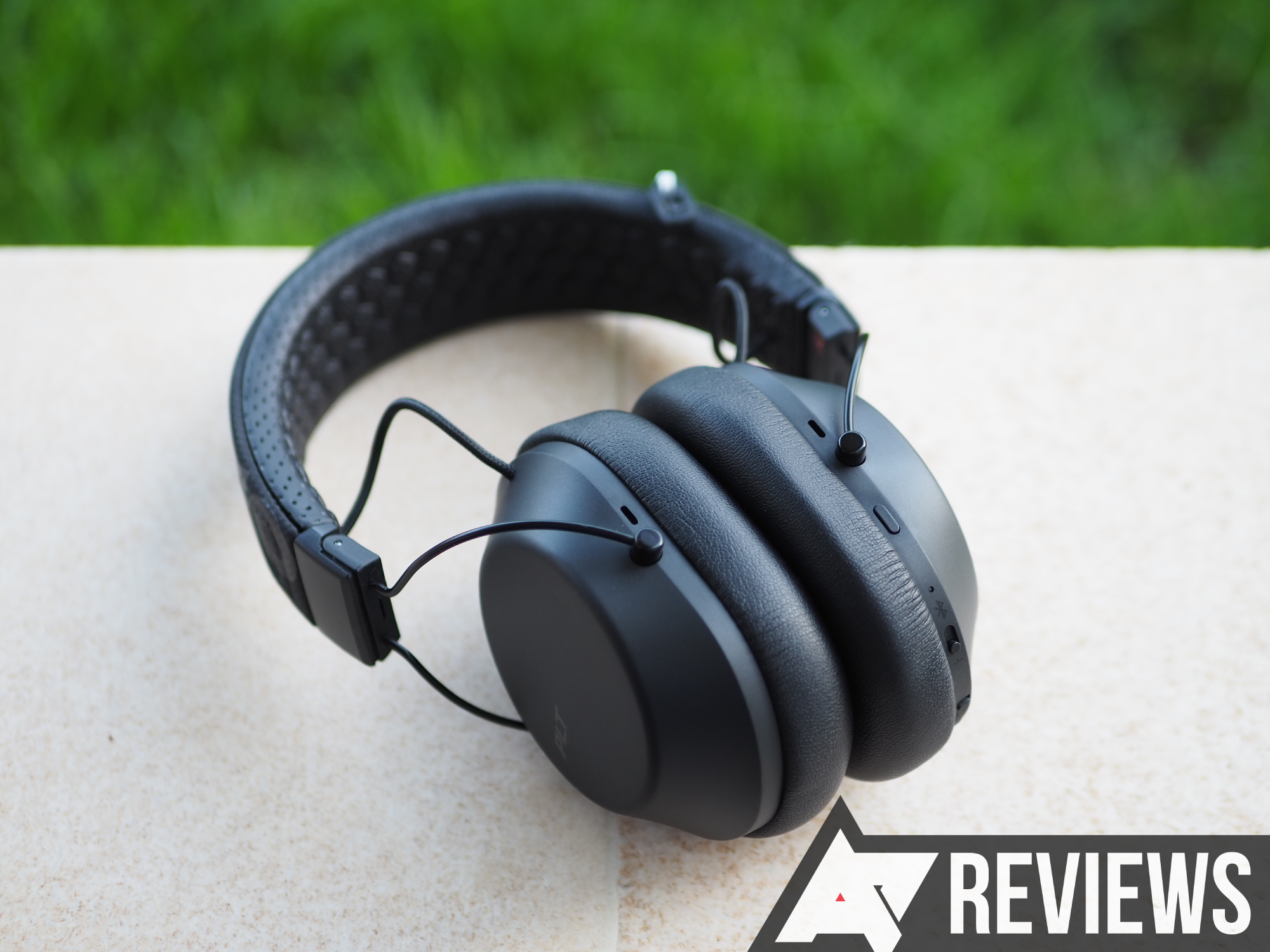
Along with three new true wireless earbuds, Plantronics introduced last month a new over-ear headphone model. The BackBeat Fit 6100 offer a unique proposition for gym goers and workout aficionados who don't like in-ear buds: they're over-ear cans made specifically to withstand sweat and exercise, but they suit your commuter lifestyle or desk job just as well. The $180 price is on the high side, though.
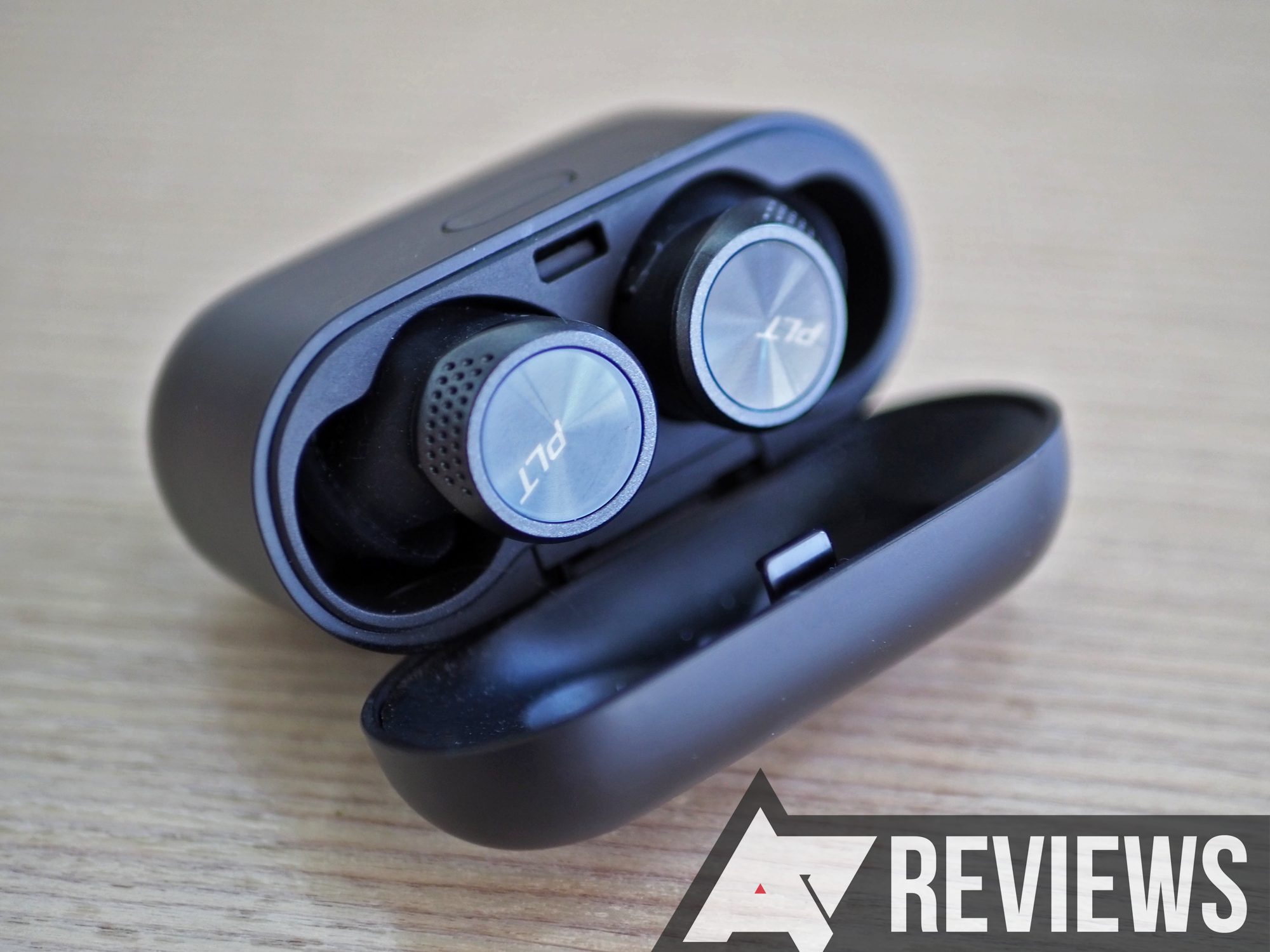
Plantronics dipped its toes in the true wireless earbuds market last year — with mitigated results. While it nailed the product's design and features, connectivity was an issue that you only noticed if you spent a lot of time out in the open. Now the company is back with a new range of true wireless buds and is hoping to fix that problem thanks to Bluetooth 5.0 and a new chip from Qualcomm.The Pro 5100 are Plantronics' new premium offering, though in the true wireless earbuds space, they fall in the mid to high-end. And if you manage to forgive their MicroUSB charging port and slightly high price tag, they're quasi-perfect.
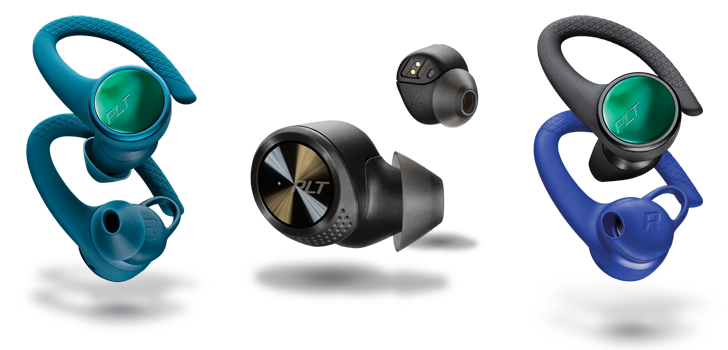
Plantronics released its first take on the true wireless form factor about a year ago, but the company's efforts weren't well received. I spent a bit of time with the BackBeat Fit 3100 and liked their stable design and sound quality, but noticed a few disconnections. Those became much more noticeable when my husband tried them in a completely open outdoor setting near the sea. With no trees, no buildings, and nothing to bounce the sound around, one of the buds would frequently lose connection and stutter.Now the company is acknowledging the problem and releasing an updated Fit 3150 with better connectivity and battery life. It's also introducing the Fit 3200 with removable noise-isolating eartips, and the tiny Pro 5100. There's also a new sports headset from Plantronics, the BackBeat Fit 6100.All four Plantronics models have a few features in common. First, they all still charge over MicroUSB, a sad and annoying situation. With USB-C charging and even wireless charging present on many competitors' true wireless buds, it's no longer justifiable for Plantronics to stick to MicroUSB.Second, they all offer a "My Tap" feature that lets you customize single or double taps to start a stopwatch, set a timer, play your favorite playlist — all shortcuts that can be handy if you're exercising.And finally, the three true wireless buds let you pick the main bud, as well as use each bud separately in mono mode.

Another week, another batch of deals for you, our dear readers. Today we've got a nice price on Sony's outstanding WH-1000XM3 headphones, plus discounts on a bunch of other Bluetooth audio gadgets from the likes of Bose, Ultimate Ears, and more.
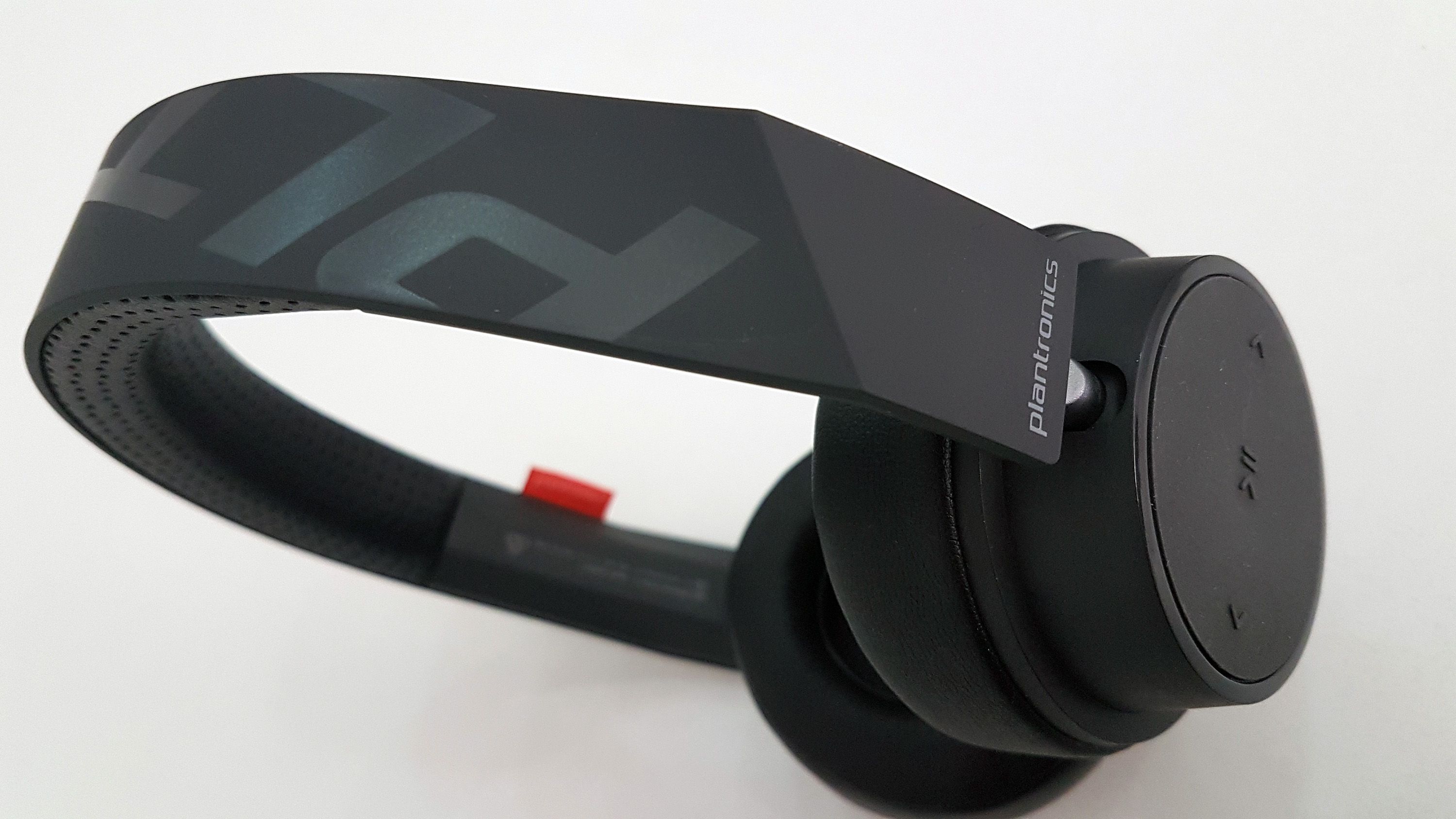
For the money, you can't argue with the value of Plantronics' headphones. The company makes some of the best-sounding and most feature-rich Bluetooth sets at multiple price brackets, and one of the greatest examples of that are the BackBeat Fit 500. These Bluetooth cans are now down to a dirt-cheap $46, $21 off their recent average price (and $34 off MSRP).The Fit 500 are two years old at this point, but they still offer decent specs. They support Multipoint Bluetooth (to connect to two devices simultaneously) and can also be used with a 3.5mm wire should you prefer that. They can last for 18 hours of playback when used wirelessly, use MicroUSB for charging, and are sweat and moisture-protected. When I reviewed them, I found them comfortable to wear, despite their on-ear design, and liked their sound output.
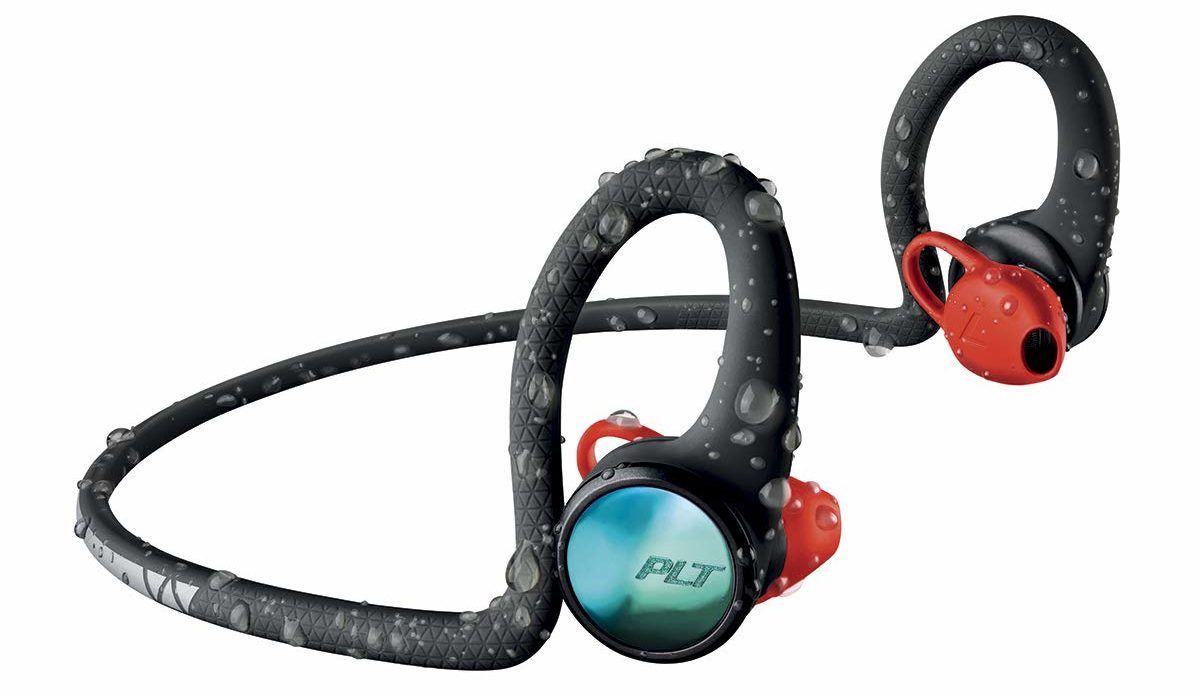
If you work out a lot like I do, you know how important it is to have the right headphones during your session. I've learned that the hard way: Five years ago when I started lifting, I would use the cheap earphones that came with my handset, but I quickly gave up because the wires would get caught in different things or an earpiece would fail in the middle of a workout. They eventually drowned in my sweat and died, so I decided to get a pair of wireless earphones especially designed for athletes that cost me about $180 back then. Thanks to this markdown on the Plantronics BackBeat Fit 2100, you can grab a similar product designed specially for active people for a lot less.Thanks to their IP57 rating, these headphones have built-in protection against sweat, water spills, and rain and can withstand your most intensive workouts. They're also designed with comfort in mind, thanks to their soft neckband and well-fitted eartips that will keep them steady while you train. In addition, a dedicated shortcut key lets you set customized actions such as starting a timer or launching your favorite playlist without having to touch your phone. Lastly, the BackBeat Fit 2100's battery lasts up to seven hours, which is plenty of time for you to work out with these earbuds on.
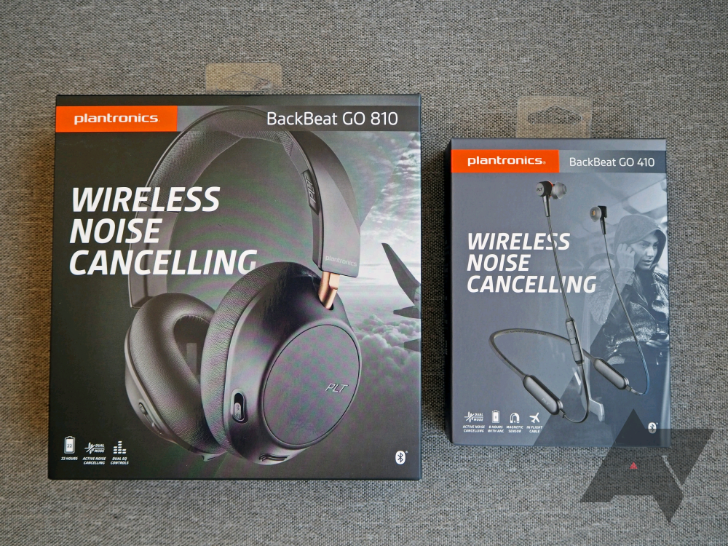
Along with the three BackBeat Fit models that I reviewed a few days ago, Plantronics announced on Monday two new Go headsets: the in-ear Go 410 and the over-ear Go 810. The governing idea behind the two units is to bring wireless noise cancelation to the masses at a more affordable price. The company says it conducted studies with users and came away with the conclusion that 28% are looking for noise cancelation in their headsets, but 65% of them won't pay more than $150 for that. That seems about right, as I don't imagine many users have the spare cash to pay $300 or more for a pair of earbuds or headphones. That's midrange smartphone money.The new Go 410 and 810 aren't supposed to be high-end choices, but aim to bring down the entry price of noise cancelation in both of their form factors. They're targeted at commuters, workers, and travelers who want ANC (Active Noise Cancelation) and don't plan on breaking the proverbial piggy jar to get it. Both are subtle and minimalistic in design with monochromatic colors, and they're packed with neat features. I've spent a bit of time testing them and I'm here to let you know what I think and whether Plantronics fulfilled its promise or not.
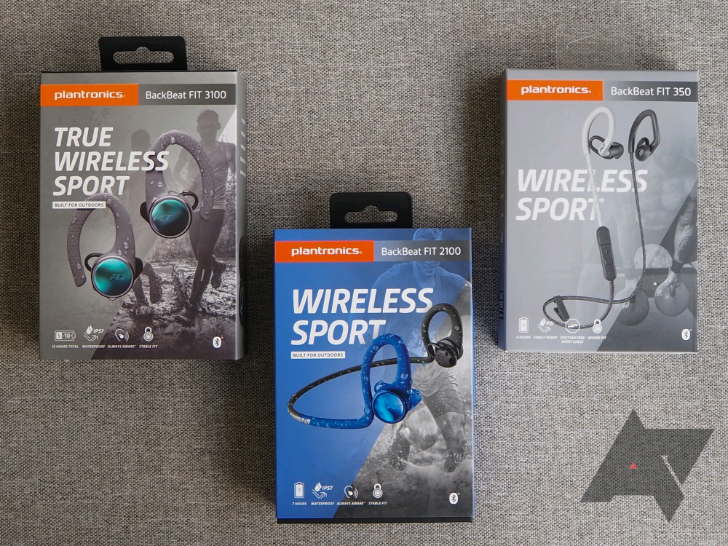
I've owned and reviewed plenty of Bluetooth headsets over the years, but the brand I keep coming back to again and again is Plantronics. The company balances quality, sound, and price very well and has produced some of my favorite and most-used earbuds. For years, you couldn't see me anywhere without the red BackBeat Go 2 draped around my neck as I listened to podcasts while walking, doing chores, shopping, and more. But it was the BackBeat Fit that stole my heart. It was the perfect sports headphones and after four years of 2-3 weekly runs and gym sessions, it still looks like I bought it yesterday. If you don't trust me, check out the Wirecutter's comparison write-up: they chose it as their pick for running and said it delivered the best sound for unsealed earbuds.Plantronics has been expanding its Fit line-up since the original, but today, the company has announced three new models to encompass most use cases. The Fit 3100 are true wireless sports earbuds geared toward outdoor use, the Fit 2100 is a remake of the original Fit with some improvements, and the Fit 350 is an in-ear option for indoor exercising. All three iterate and expand on the Fit's promises: stability, comfort, sound, and value for money. All three also still use Micro-USB for charging. I know how vocal some of our readers are about this, so I thought I'd get it out of the way first. Personally, I would prefer USB-C any day, but it's not a deal-breaker when the rest of the features get it right.I've spend the past couple of weeks with the three models and I'll walk you through them one by one, sharing my thoughts and opinions on each.
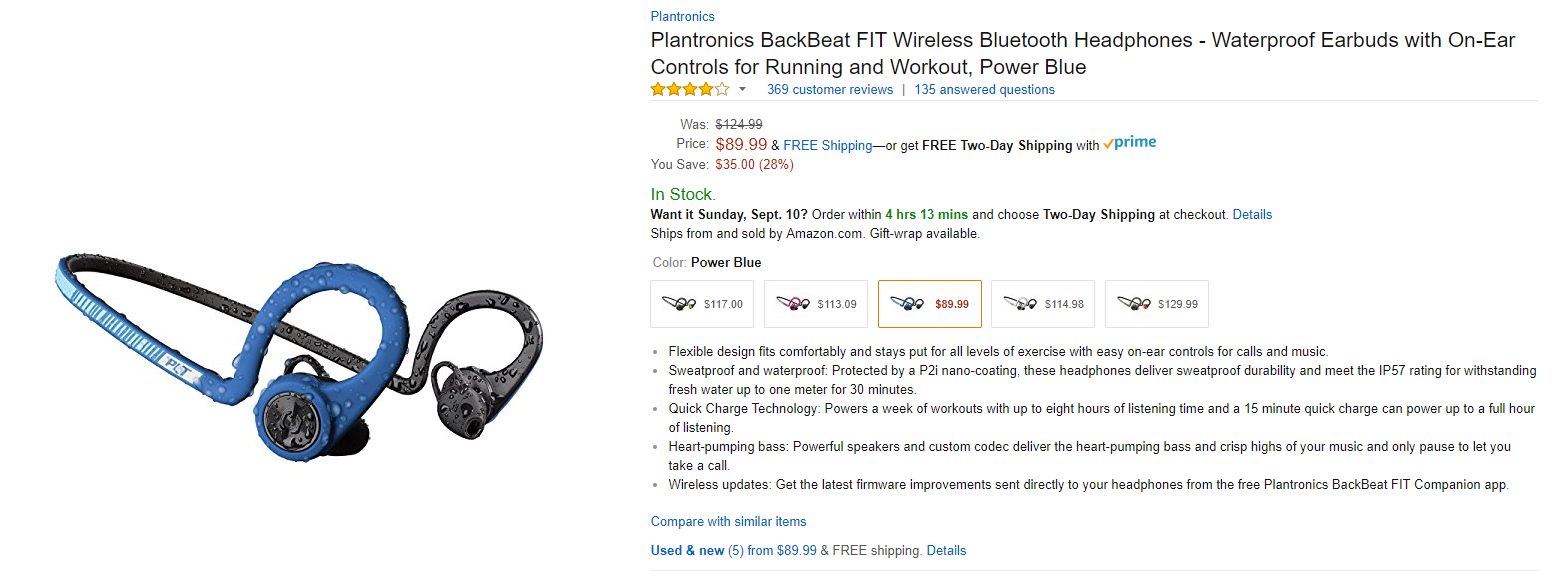
If you're looking for a new pair of Bluetooth earphones designed for an athletic lifestyle, then Amazon just might have the deal for you today. You can pick up the blue Plantronics BackBeat FIT Wireless for $89.99, a total savings of $35.While my personal experience with Plantronics' portfolio of products is rather limited, the company seems to be one of Rita's favorites. In her review of the BackBeat FIT, she called out the great battery life, fit, and sound quality as the best aspects. And what she perceived as downsides were relatively minor in comparison.The BackBeat FIT sports an IP57 water- and sweat-resistance rating, meaning that you can take it with you anywhere without worry. Firmware updates are pushed wirelessly through the Plantronics companion app, which is a great touch. Keep in mind that this deal only encompasses the Power Blue model. If you're interested, you can head over to the source link below to get started.Source: Amazon
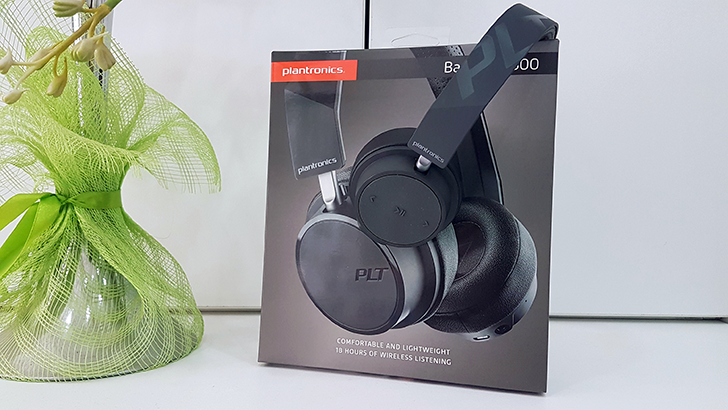
I am not an on-ear headphones person so it's difficult for me to review them objectively without saying how much I dislike the idea and pressure they exert on my ears. Oddly, that's not the case with the BackBeat 500, the newest release from Plantronics. I don't hate them and I can manage wearing them for a couple of hours without wanting to rip them off my head. That's a good start.I've reviewed many of the brand's headphones over the years including the in-ear BackBeat GO 3 and the big over-ear BackBeat Pro+ and Pro 2, and I've spent some time with the on-ear BackBeat Sense, so I do know what to expect: better value for the money than most brands, good sound quality, and nice design and build. The BackBeat 500 fit right in with that trend so let's take a more in-depth look at them.
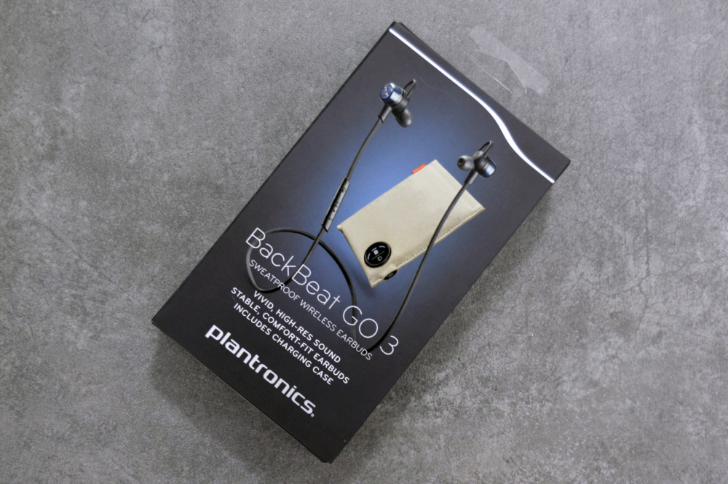
Plantronics makes some of my personal favorite Bluetooth headphones and headsets. Although I use the BackBeat Fit while running and exercising, and the BackBeat Pro+ when I'm at my desk, the BackBeat GO 2 spends the most time of them all in my ears and around my neck. I wear it and listen to music and podcasts while walking, doing chores around the house, shopping, or performing any repetitive activity that doesn't require my utmost attention.But the GO 2 headphones aren't perfect. Their size and weight balance could be better, their battery life should be around 4 hours but is now less than 3 hours after a couple of years of constant use, and their charging case is too small and kind of unreliable. The GO 3, released a couple of months ago, promise to solve all of these problems. I've been testing them for several weeks and I think they're a vast improvement over the GO 2, despite a few hiccups.
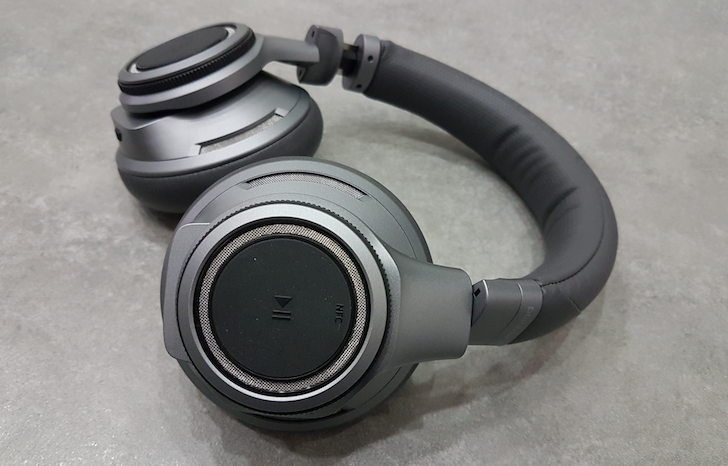
You'd be hard pressed to find a Bluetooth headset with more features than Plantronics' BackBeat Pro+. Active noise canceling? Check. NFC? Sure. Bluetooth and 3.5mm plug? Yes, definitely. Multipoint technology? Oui. And the list goes on and on. Name any option and the Pro+ likely has it. If you're looking for a jack of all trades headset, you'll waste a lot of time trying to find one more versatile and feature-filled than the BackBeat Pro+, but there's more to this pair of headphones than gimmicks and long feature lists. The Pro+ shines in some instances that I didn't know I'd appreciate and falls flat in some other places where I had higher expectations. The result is that I love it but can't recommend it because there's a better option hiding not so far away.
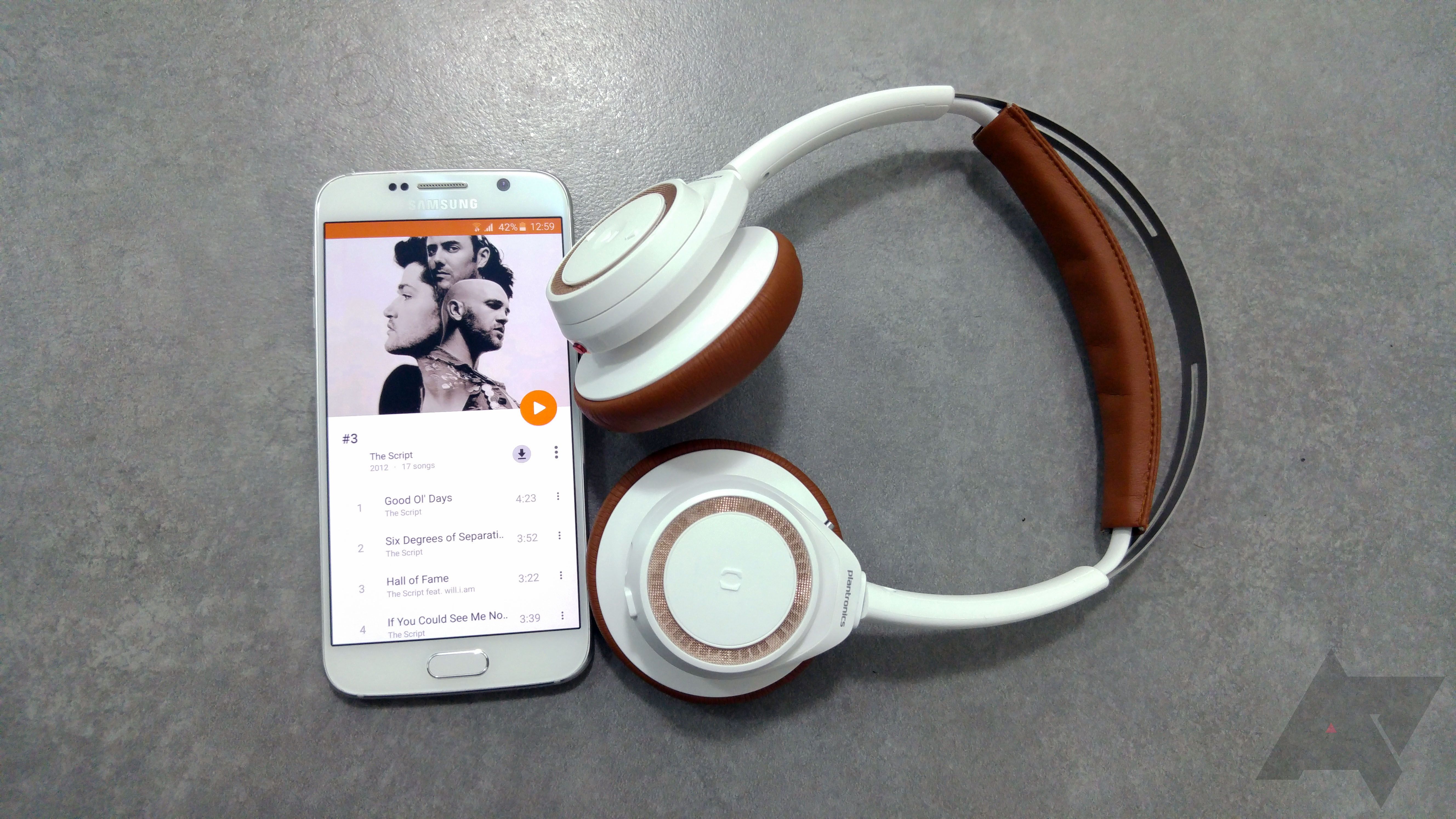
I may have more than half a dozen Bluetooth earphones lying around home and at work, but my personal preference is almost always skewed toward Plantronics. The BackBeat GO 2 has been a mainstay in my purse for almost two years, and the BackBeat Fit is my absolute favorite workout headset. Both provide a great balance of features, battery life, and portability that fits with my needs. That's why I was eager to see what the company has in store with its newest foray, and the BackBeat SENSE didn't disappoint me. But before I go into my thoughts on this pair of headphones, let's start with the specs.
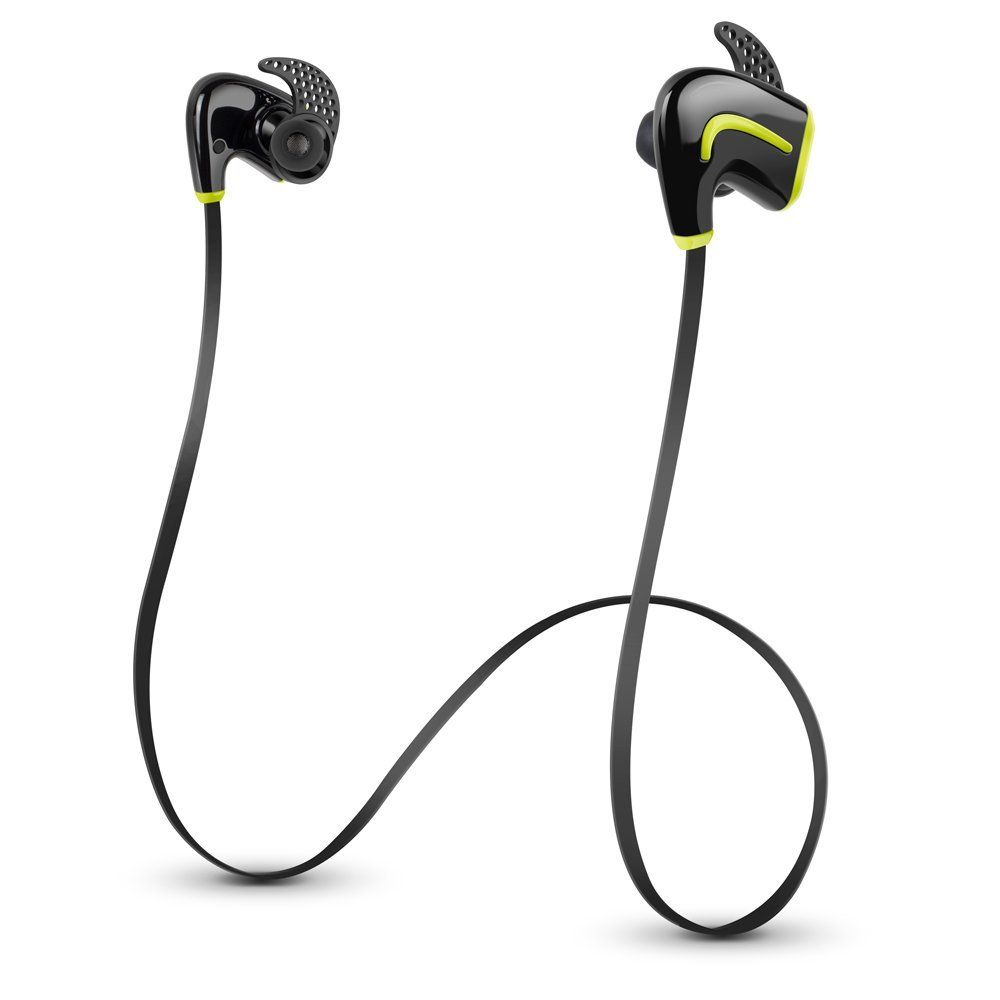
I have tried more than a dozen Bluetooth earbud form factors, but the one I absolutely love for everyday use is the Jaybird Freedom Sprint / Plantronics Backbeat Go 2 design. Two small earbuds, one wire, and all the freedom you can think of. It's less cumbersome than the dog tag design (à la Jabra Tag) and lighter to carry around than the necklace style (think Samsung's Gear Circle or LG's Tone series). And when you have something like the Freedom Sprint, you simply wrap up the small wire and put it in a pouch, pocket, or purse and you're good to go whenever you need it.
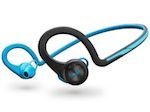
One of my favorite Bluetooth earphones of all time is Plantronics' Backbeat GO 2. Ever since I got it over a year ago, you'd rarely find me outside of home or work without seeing it around my neck. It accompanies me on my walks, my shopping, and most of my daily activities. It is small and minimalistic, easily fits in my purse, and lightly hangs around my neck when not in use. It's also quite comfortable to wear for 2 or 3 hours continuously, enough to entertain me on all of my outings.The one problem with the Backbeat GO 2 is its fit, especially when engaged in more energetic activities like running. While the weight and size of the earbuds is counter-balanced by the provided ear stabilizers under regular circumstances, they can become overbearing the moment you start sweating and moving faster or more intensely. The GO 2 would simply not hold in my ears during a run so for the past year, I resorted to wired in-ear earphones while exercising.But luckily, I didn't have to wait long to get the portability and wire-free benefits of the GO 2 along with the fit and stability of in-ear earphones in one perfect unit. That's the Plantronics Backbeat Fit, a headset I've been using — and loving — during my workouts.
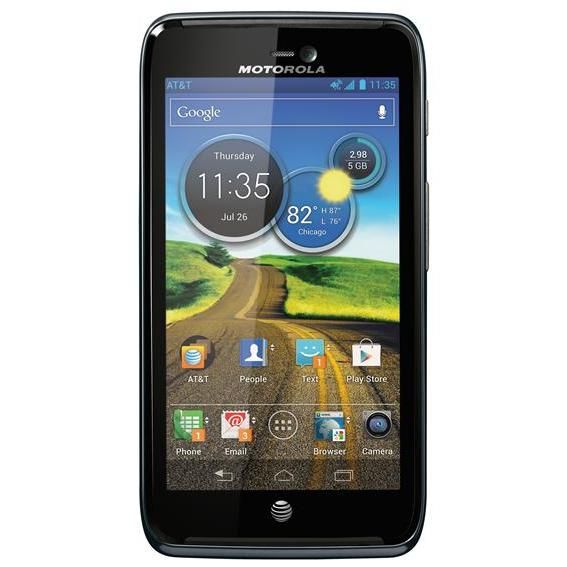
I've reviewed several sets of Bluetooth earbuds. With each one, there are things I would change about the design. On some, the buds are huge. Others forgo the massive bud size in exchange for a remote/receiver that needs to be "worn." Why can't someone just build a set of BT earbuds that look and feel like wired buds? is the question I find myself asking with each new headset.







